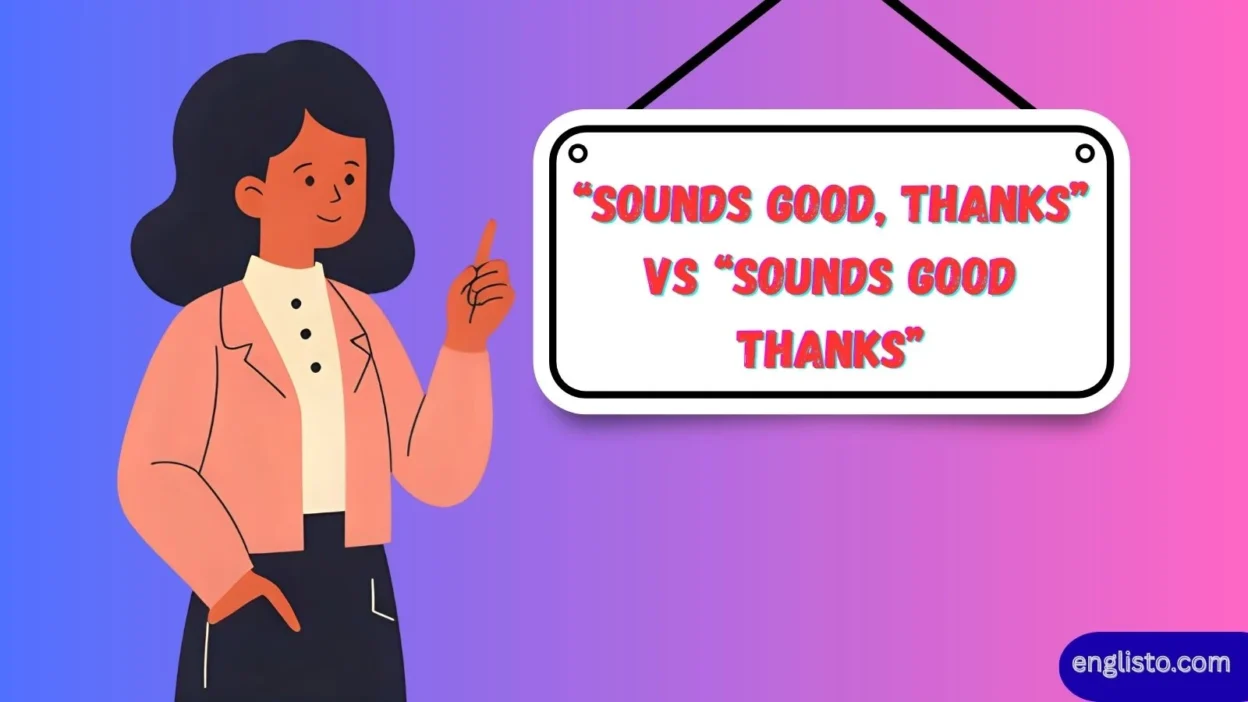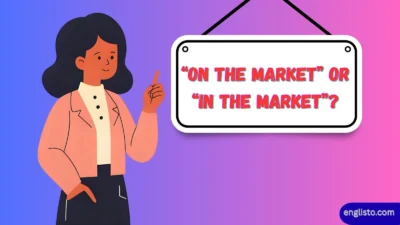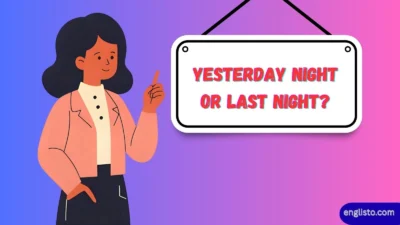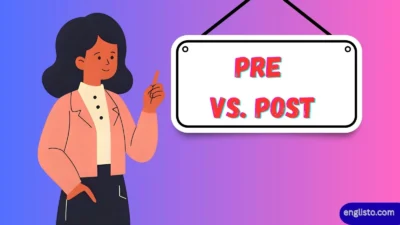Language is full of small details that can make a big difference. A single comma might seem minor, but it can change tone, clarity, and even how polite your message feels. One common situation where this happens is with the everyday phrase: “Sounds Good, Thanks” vs “Sounds Good Thanks”.
At first glance, both look fine. But in professional writing, texting, or emails, one is more polished and grammatically correct, while the other can appear abrupt. This article dives deep into the differences, showing you not just which one is right, but also why punctuation matters in modern communication.
Why the Comma Matters in “Sounds Good, Thanks”
A comma in English often works as a pause or separator between distinct ideas, clauses, or expressions. In “Sounds good, thanks,” the comma separates the agreement (“sounds good”) from the gratitude (“thanks”).
Without the comma, “Sounds good thanks” can look rushed, like one run-on phrase. It lacks the natural pause you’d make when speaking.
Here’s how the difference plays out:
| Version | Structure | Tone | Reader’s Impression |
| Sounds good, thanks | Interjection + Pause + Gratitude | Polite, smooth, natural | Clear and considerate |
| Sounds good thanks | Blended phrase, no separator | Abrupt, rushed, possibly careless | Feels less polished |
That small comma creates a smoother flow and avoids potential awkwardness.
Breaking Down the Grammar
- “Sounds good” → An interjection, showing agreement or approval.
- Comma → Functions as a separator, marking a shift in thought.
- “Thanks” → A standalone expression of gratitude.
So grammatically, the correct form is:
“Sounds good, thanks.”
Without the comma, the sentence lacks a proper break, which disrupts readability and can confuse tone.
Real-Life Usage in Different Contexts
Casual Texting
- With comma: “Sounds good, thanks 😊” → friendly and polite.
- Without comma: “Sounds good thanks” → comes across as rushed or flat.
Professional Emails
- With comma: “Sounds good, thanks for letting me know.” → professional, polished.
- Without comma: “Sounds good thanks for letting me know.” → less clear, looks unprofessional.
Instant Messaging at Work
- With comma: helps maintain professionalism while staying concise.
- Without comma: might seem careless, especially in formal or cross-cultural settings.
When “Sounds Good Thanks” Might Still Work
Interestingly, in fast-paced digital communication (like SMS or Slack), people often skip punctuation for speed. In this case:
- It doesn’t mean the user is being rude—it’s just a matter of brevity.
- Among friends, “Sounds good thanks” may not cause confusion.
- In informal chats, dropping commas is common and accepted.
But in emails, business chats, or when messaging someone you don’t know well, always include the comma.
Tone and Perception: Why It Matters
Tone in writing isn’t just about words—it’s also about rhythm and flow. That tiny pause signals warmth and thoughtfulness. Compare these:
- With comma:
Sarah: “Meeting at 9 AM tomorrow.”
John: “Sounds good, thanks.”
→ John sounds appreciative and considerate. - Without comma:
Sarah: “Meeting at 9 AM tomorrow.”
John: “Sounds good thanks.”
→ John sounds hurried, maybe even disinterested.
Even if John meant no harm, Sarah could read it as curt.
Alternatives to “Sounds Good, Thanks”
Sometimes, variety helps keep your communication fresh. Here are some polite alternatives:
| Phrase | Best Context | Tone |
| “OK, thanks.” | Everyday texting, casual emails | Neutral and polite |
| “Yes, please.” | Accepting offers | Polite and formal |
| “Perfect, thank you.” | Professional settings | Confident and appreciative |
| “Sounds great, appreciate it.” | Friendly but professional | Warm and thankful |
| “Sure, thanks.” | Quick replies | Casual but polite |
| “Got it, thanks.” | Acknowledgment of info | Direct and clear |
Common Mistakes People Make
- Omitting commas where needed: makes writing feel abrupt.
- Overusing punctuation: “Sounds good,, thanks!!” feels messy or unprofessional.
- Relying on texting habits in formal writing: what works in SMS doesn’t always fit emails.
Best Practices for Using “Sounds Good, Thanks”
- Use the comma in professional or semi-formal writing.
- In casual texting, punctuation is flexible—but consider the relationship.
- If unsure, err on the side of clarity and politeness.
- Remember: commas improve readability and tone.
FAQs
Is “Sounds good thanks” grammatically correct?
Technically no. Without the comma, it blurs two distinct expressions into one, which is less ideal.
Do I always need the comma?
Not always. In texting with close friends, dropping it is acceptable. In emails or formal messages, the comma is strongly recommended.
Does the missing comma change the meaning?
Not the meaning, but it changes the tone. One feels polite and smooth, the other rushed.
What’s the best alternative in business emails?
“Sounds good, thank you.” or “Perfect, thank you.” Both sound professional and polished.
Can punctuation really affect relationships?
Yes. Tone in digital communication is fragile. Small details like commas can help avoid misunderstandings and keep messages warm.
Conclusion
The difference between “Sounds good, thanks” and “Sounds good thanks” is subtle but important. One follows grammar rules, adds a natural pause, and conveys politeness. The other feels abrupt, which might not matter in quick texts but can look careless in professional settings.
If you want to maintain clarity, warmth, and professionalism, stick with:
“Sounds good, thanks.”
It’s a small change, but one that ensures your communication is smooth, respectful, and effective across all contexts.



